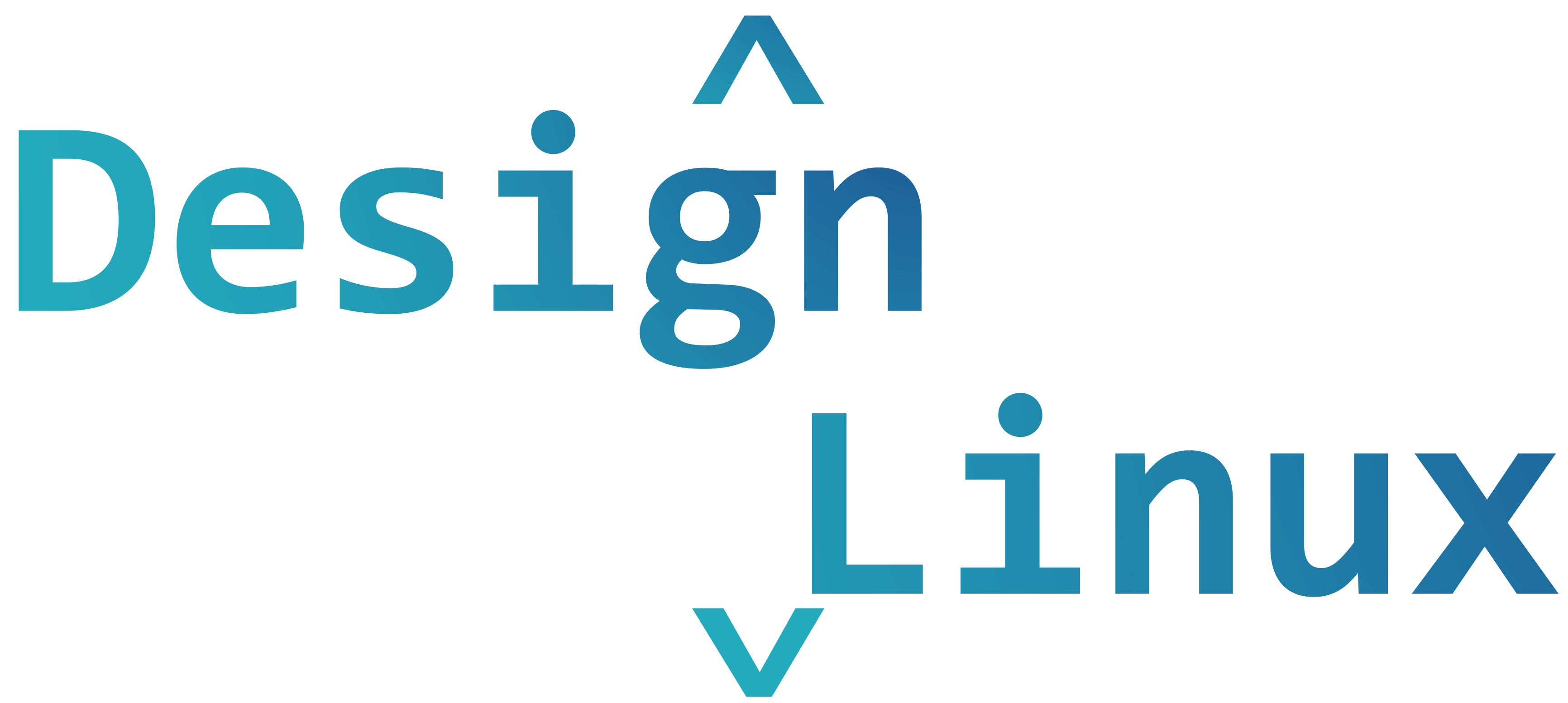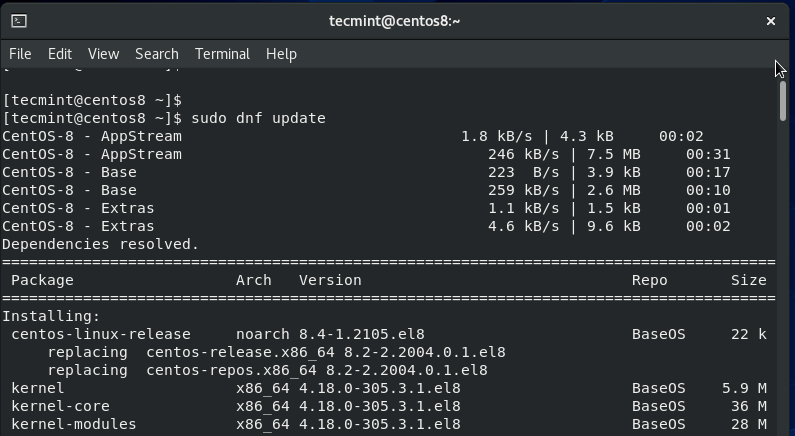The Network Time Protocol (NTP) is a protocol used to synchronize computer system clocks automatically over a network. The machine can have the system clock use Coordinated Universal Time (UTC) rather than local time. Maintaining accurate time on Linux systems, especially servers is an important task for many reasons. For example, in a networked environment,
CentOS Tips - DesignLinux
How to Upgrade CentOS 7 to CentOS 8 Linux
In this article, you will learn how to upgrade CentOS 7 to CentOS 8.5 release. The steps described herein do not depict the official upgrade and this should not be applied to a production server yet. Step 1: Install the EPEL Repository To start off, install the EPL repository by running: # yum install epel-release
How to Install Java 17 on RHEL-based Linux Distributions
Java is a secure, stable, and well-known, general-purpose programming language and computing technology platform with many interconnected capabilities. To run Java-based applications, you must have Java installed on your server. You mostly need the Java Runtime Environment (JRE), a collection of software components used to run Java applications on the Linux machine. If you want
How to Secure Apache with Let’s Encrypt SSL Certificate on CentOS 8
Securing your web server is always one of the key factors that you should consider before going live with your website. A security certificate is critical for securing traffic sent from web browsers to web servers and in so doing, it’ll inspire users to exchange data with your website in the full knowledge that the
How to Migrate from CentOS 8 to Rocky Linux 8
Rocky Linux 8.4, codenamed Green Obsidian, is finally here! It was released on June 21, 2021, barely two months after the release of Rocky Linux 8.3 RC1 (Release Candidate 1) which is a beta version of the latest release. This is the first stable and production-ready release of Rocky Linux after months of intense research
How to Migrate from CentOS to Oracle Linux
With the shift in focus from CentOS project to CentOS Stream which will now serve as the upstream to RHEL, a few CentOS alternatives have been floated to replace CentOS 8. For while now CentOS has been widely used by small businesses and developers in server environments given that it provides the stability and reliability
How to Migrate from CentOS 8 to AlmaLinux 8.4
In our earlier guide, we walked you through the installation of AlmaLinux 8.4. If you have CentOS 8 installed, an automated migration script is available to help you migrate seamlessly to the latest version of AlmaLinux 8.4 without uninstalling and performing a fresh installation. In this guide, we will walk you through the migration of
How to Enable Remi Repository to Install Latest LAMP Stack
If you are a system administrator, a developer, or a DevOps engineer, chances are that at some point you’ve had to set up (or work with) a LAMP (Linux / Apache / MySQL or MariaDB / PHP) stack. The web and database servers, along with the well-known server-side language, are not available in their latest
How to Configure FirewallD in RHEL, CentOS and Fedora
Net-filter as we all know it’s a firewall in Linux. Firewalld is a dynamic daemon to manage firewalls with support for network zones. In the earlier version, RHEL & CentOS 6 we have been using iptables as a daemon for packet filtering framework. In RHEL/CentOS 7/8 and Fedora iptables interface is being replaced by firewalld.
How to Install CHEF Workstation in RHEL and CentOS 8/7
Chef is one of the popular configuration management tools, which is used to rapidly automate deployment, configurations, and management of the entire IT infrastructure environment. In the first part of this Chef series, we’ve explained Chef concepts, which consists of three important components: Chef Workstation, Chef Server & Chef Client/Node. In this article, you will









